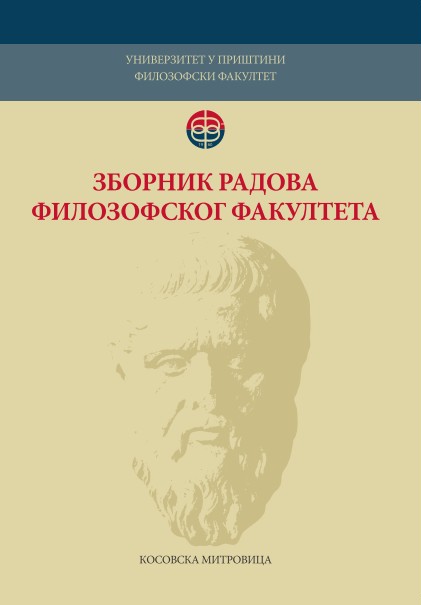Магија, паганско и хришћанско у Сер Гавејну и Зеленом витезу
Magic, paganism and Christianity in Sir Gawain and the Green Knight
Author(s): Mladen JakovljevićSubject(s): Language and Literature Studies, Studies of Literature
Published by: Филозофски факултет, Универзитет у Приштини
Keywords: Medieval literature; romance; magic; Christianity; Gawain
Summary/Abstract: Although Sir Gawain and the Green Knight had long been regarded as a dominantly Christian text, the treatment of magic and pagan, on the one hand, and Christianity, on the other hand, revealed that that their relationship was more complex than it may seem to be on the surface. Magic in this romance is not merely a principle opposed to Christianity but an important indicator of social and historical circumstances used by the poet to highlight the dominant problems in the medieval society in which magic is inherently present. The relationship between pagan magic and Christianity is based on the fusion of seemingly opposed principles which do not necessarily exclude each other, thus confirming the strong ties, co-existence and interdependence of Christian and magical practices, beliefs and locations. Pairs such as Morgana and Mary, Mary and pentagram, Gawain and the Green Knight, Arthur's court and Hautdesert, Christian and Pagan are not oppositions but syntheses that create unity recalling the magical principle in The Emerald Tablet: 'That which is Below corresponds to that which is Above, and that which is Above corresponds to that which is Below, to accomplish the miracles of the One Thing' (Hauck, 1999, p. 45). The answers are not necessarily found in one principle only since magic and Christianity are so intensely intertwined that they naturally complement each other. If the Green Knight and his court, a haven seemingly sent by God, carry the message from God and represent the temptation with the aim of testing the faith, then they are also the confirmation that the manifestations of divine were deeply rooted in magic practices, far beyond the boundaries of what Christianity formally found to be acceptable. If the appearance of Hautdesert was not the work of God, then Gawain's prayer to which the castle appeared as an answer did not invoke a truly and genuinely Christian place. The literature of medieval Europe is sometimes the image of reality in the Middle Ages, sometimes it is its distorted reflection, or an escape from it, or a picture of the ideals that reality should copy. It is not possible to unequivocally conclude which of these reflections is Sir Gawain and the Green Knight. This, however, is not necessary, nor is it an indicator of the literary flaw. Instead, this ambiguity allows the reader to enjoy the opportunity to see the many faces of the medieval society.
Journal: Зборник радова Филозофског факултета у Приштини
- Issue Year: 48/2018
- Issue No: 2
- Page Range: 209-228
- Page Count: 20
- Language: Serbian

